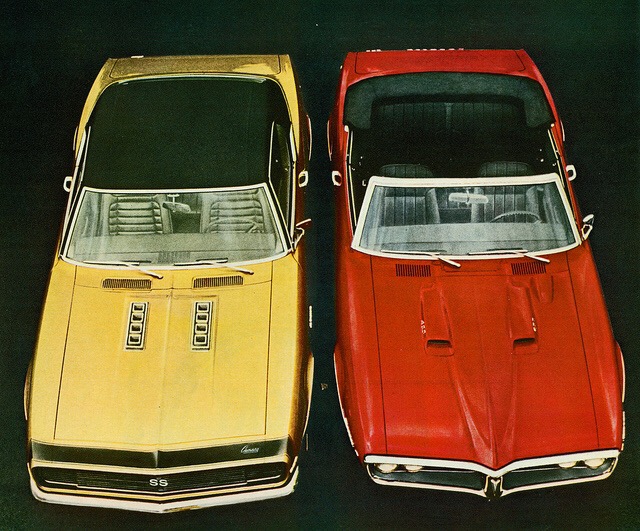In a world full of political insanity and financial instability, a dream project car may seem out of reach. It may even seem impossible, but in reality we have all been fed this idea that a project car will make you go broke. Now while that is very possible, it’s also possible to stay in a healthy budget while building your dream car. Before you get to thinking about all the mods and things you want to do to the car….well…you gotta buy one!
First things first, you need to look at your classic muscle car options. Now this doesn’t mean you’re limited to just muscle cars, look for any style that appeals to you! After all you’re going to build this baby to your likings. For example, lets just go with 1960s-1970s muscle cars; I say this because you’ll be smog expempt for cars older that 1978…or 1976, one of those. Regardless a smog check will be one less headache. The search for a car can be done online or just driving around town, but this is where it all begins. To be safe, make a base line budget. Say $1000-$5000.

Personally I’ve found myself quite lucky using Craigslist when looking for classic cars. The key is expanding your filter. There are sooo many underestimated muscle cars that have lived in the shadows of the Camaro, Mustang, Challenger rivalry. For example the 1973 Plymouth Duster is one badass muscle that almost no one knows about! It’s usually equipped with a 318-340 mopar engine and that’s all muscle cars are about. Now up above, many people see an old bucket, but to the true car enthusiast, it’s a diamond in the rough.
Ok the paint is bunk and the rims are wack, So what! you got the car for $2500 which is a steal! Now you have no money left over to work on the car with. Well there’s plenty of ways to get one step closer to that dream car condition without having to break the bank. This include sanding and small touch ups with paint. All it costs is a bit of elbow grease.
Well, now you have your Poject car, and it’s called a project for a reason. The first goal should be to get it running! You always want to pick up a project car with a engine and power train already with it so you don’t spend another $2500 just on a motor and tranny combo. I’ll do another post on how to troubleshoot and get your new baby running, but I’m sure most of you muscle car enthusiasts can figure it out with YouTube. Remember, this is your project car, so don’t be afraid to take your time with it; build it the proper way and don’t rush because at the end of it all, you’ll know what you’ve already fixed and what needs to be fixed. Not all fixes cost $100s, the simplist of things like cleaning out you engine bay and prettying up that firewall with some fresh paint. Attention to detail can make a major difference. Same goes for the interior, wrap the torn seats with an old band t-shirt or cover that bench seat with an old blanket. Make it your own! Don’t be afraid to stand out! It’s a muscle car for crying out loud!

Now, I bet you’re all saying “well how am I gonna get $2500-$5000 for a project car”…well, just think about all these banks. Most banks or credit unions give loans out to purchase or refinance cars. So as long as you find a whip with a clean title it should not be a tough negotiation. Just compare a payment for a new car with 4cylinder engine compared to a classic V8 and you’ll see it’s not going to break the bank. Insurance is also intimidating but for my 1967 camaro, I’m paying $48 a month with full coverage-that’s only a fraction of what I pay for my daily.

Essentially I’m giving you all an idea on how the experience and excitement a classic project car brings outweighs the intimidation and fear of taking on such a challenge. With today’s technology, information and knowledge are at our finger tips. You can negotiate a deal on your phone and then look up YouTube videos on how to do anything from oil chamges to full engine tear down videos. The help and knowledge is out there; with that, your options are limitless and only you can bring yourself one step closer to having that old classic muscle you’ve always dreamed of. I can guarantee that driving around in a classic muscle car is an experience no Ferrari or new GT can give you.
Be sure to checkout @BlackoutGarage on instagram so stay updated with my personal projects.










